Highlights
Director-General

News
West Bank: 72 000 families urgently require emergency agricultural assistance, new FAO survey finds
Supporting farmers and herders now is critical to produce food, sustain livestock and avert a deeper crisis

Story
New ground for quinoa in Bhutan
An Andean crop spreads across Bhutan, backed by royal decree and FAO's One Country One Priority Product initiative.

FAO in Review 2025 series
Article 8: 2025 – a milestone year for the World Food Forum

Interactive story
Addressing land degradation for a sustainable future
Learn what land degradation is, where it’s most prevalent, and how we can help reverse the trend.

In Focus
A season for hope and action
This year, visit the FAO MuNe and discover how simple, everyday choices can make a difference. Our shared future depends on what we do together.

In Focus
FAO response to global food security challenges
Data analyses, policy recommendations, and actions on the ground.

Publication
FAO at 80: the pursuit of better food for all
Look back at the landmark achievements that shaped the Organization's eight-decade journey

In Focus
International Year of Rangelands and Pastoralists 2026
Explore the vital role of rangelands and pastoral communities in sustaining ecosystems, cultures and food security worldwide.

Campaign
International Year of the Woman Farmer 2026
Discover how women farmers drive food security, nutrition and economic resilience and join the call to strengthen women’s empowerment across agrifood systems.
Director-General

FAO in Review 2025 series
Article 8: 2025 – a milestone year for the World Food Forum
Join the conversation
Voices of Impact
End of Year 2025 Video Message By Dr QU Dongyu, FAO Director-General
29/12/2025
In his end-of-the-year 2025 video message, Dr QU Dongyu, FAO Director-General reflected on 80 years of FAO’s unwavering commitment to a world free from hunger, reminding that the right to food is a fundamental human right, and that peace is a prerequisite for food security.
Video
Avian influenza threatens health, food, and economies worldwide
08/09/2025
Here are four reasons it should be on your radar and how FAO is working to protect animals and humans from this serious disease.
Podcast
A Woman Scientist Dangerous Work to Rehabilitate Land in Ukraine
11/02/2025
Assessing the contamination of agricultural lands impacted by remnants of war is a central part of the job of Tiphaine Lucas, programme coordinator for the Mine Action and Land Rehabilitation Initiative of FAO in Ukraine. In this interview, Lucas explains the essence of her work in a country that used to produce sufficient grain and other food products to feed 400 million people globally.
Hunger map
Mapping undernourishment and food insecurity worldwide
The interactive FAO World Hunger Map 2025 presents the latest global estimates of hunger and food insecurity.
Explore current trends across Africa, Asia, Latin America and the Caribbean and other regions, track progress toward SDG 2 (Zero Hunger) and switch between the two SDG Target 2.1 indicators to get a clear view of today's food security landscape: SDG Indicator 2.1.1 on the prevalence of undernourishment (PoU) and SDG Indicator 2.1.2 on the prevalence of moderate or severe food insecurity based on the Food Insecurity Experience Scale (FIES).
Explore the latest global estimates in depth
Figures in the interactive map come from the 2025 edition of The State of Food Security and Nutrition in the World (SOFI). The report points to a decrease in world hunger, with 8.2% of the world population affected in 2024, down from 8.7% in 2022. Going beyond hunger, 28% of the global population faced moderate or severe food insecurity in 2024. Hunger and food insecurity improved in parts of Asia and in South America but deteriorated in Africa.
For more, read the full SOFI 2025 report.
2020 World
31.2%
2010 World
31.5%
In depth

In Focus
Discover the enhanced FAO Transparency Portal
Explore new dashboards on programme, budget and HR, alongside updated project data, for deeper insights into how we work.

Publication
Medium Term Plan and Programme of Work
The Director-General’s Medium Term Plan 2026-29 and Programme of Work and Budget 2026-27.

In Focus
FAO Data Lab
The FAO Data Lab for Statistical Innovation modernizes the statistical business process, with a specific focus on emergency contexts, when having access to timely information is very important.
FAO and the SDGs
Hover the mouse over an SDG icon for more information
A world free from hunger and malnutrition where food and agriculture contributes to improving the living standards of all
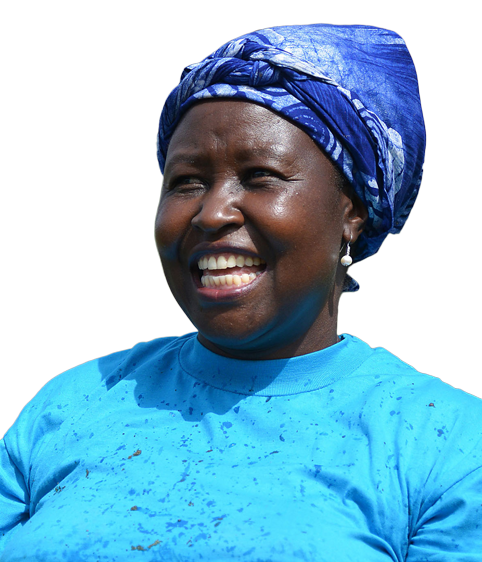
FAO works with governments and partners to empower some of the world’s most marginalized people to end rural poverty.
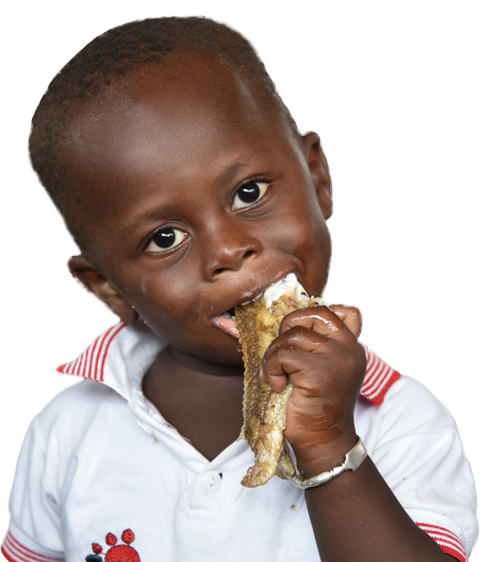
FAO helps ensure food security by developing ways of growing food that will work in the future so that millions of people don’t go hungry.
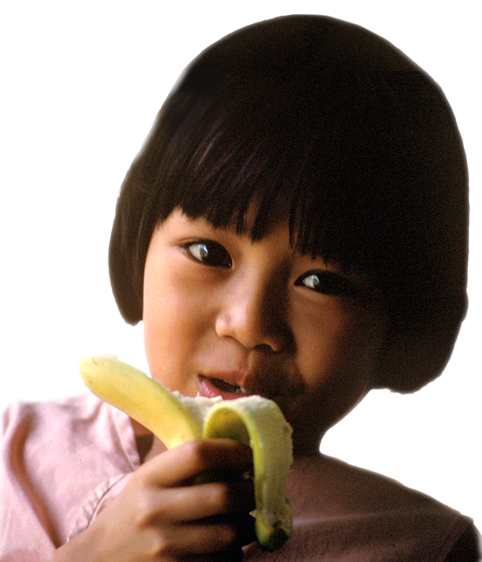
Good health starts with nutrition. FAO sets global standards and works with governments and the private sector to ensure food quality and safety throughout the food chain.

FAO invests in educational systems for rural communities and supports improved access to primary education and school meals in order to create equal opportunities for all and chances of lifelong learning.
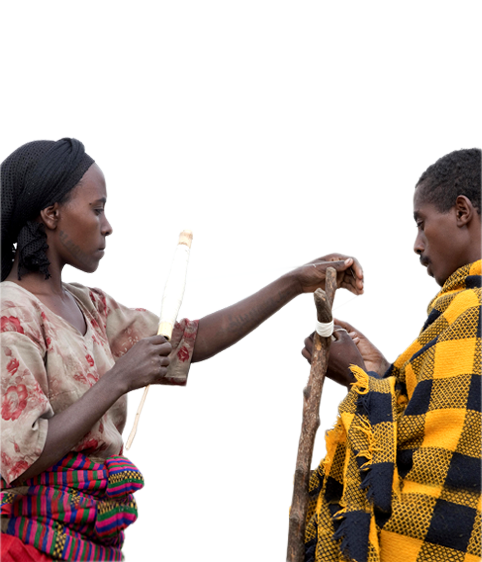
FAO supports gender equality in the agricultural sector in an effort to raise levels of nutrition in local communities and improve agricultural productivity.
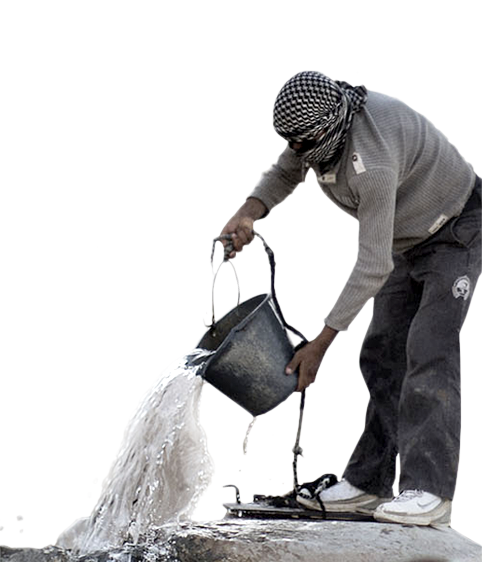
FAO works with governments to ensure water use in agriculture is made more efficient, equitable and environmentally friendly.
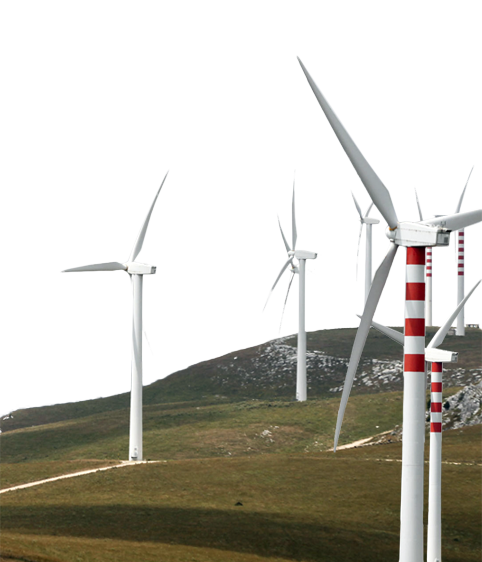
FAO promotes the use of renewable energies and works to ensure access to modern energy services across the food chain.
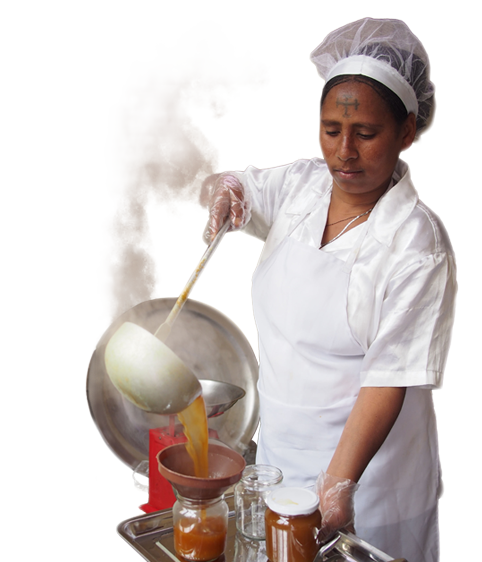
FAO seeks better economic opportunities for all by investing in sustainable agricultural practices and food systems that reduce inequalities and create decent jobs.
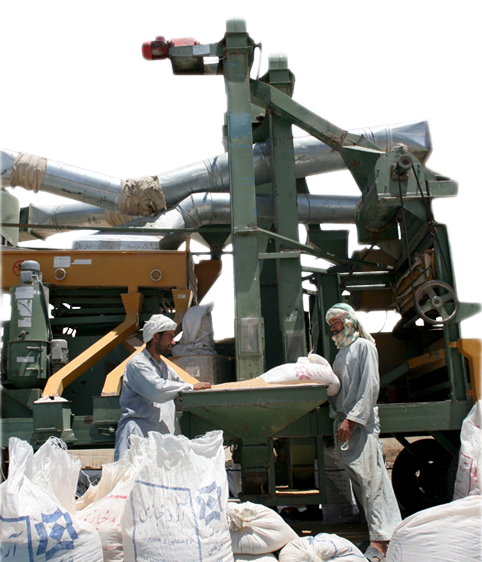
FAO seeks to secure a future for rural communities via investments in transportation, irrigation, food storage facilities and communication technologies.
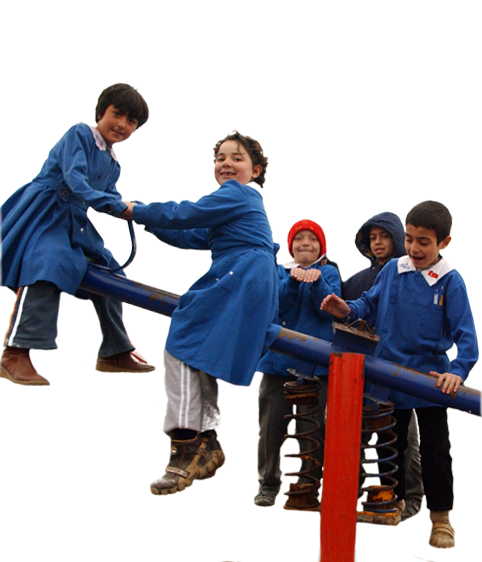
FAO works with countries and partners to generate employment in rural areas, ensure access to natural resources for the most vulnerable and connect farmers to markets.
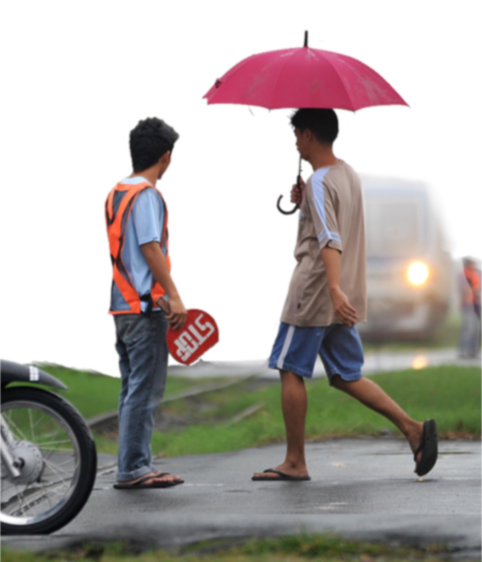
FAO works to improve urban healthcare, water quality and rethink city region food systems to help deter the negative effects of sprawling urbanisation.
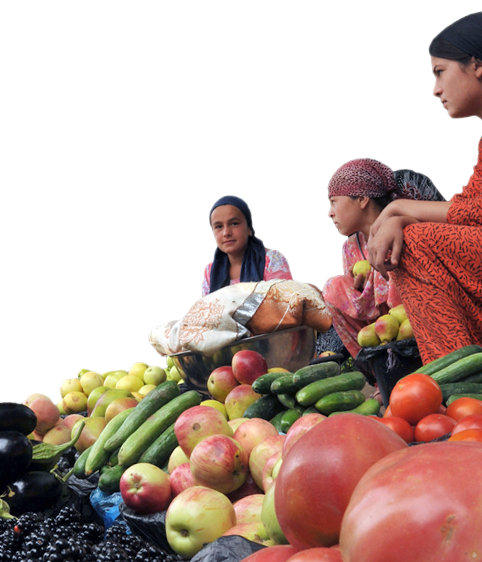
FAO coordinates major global initiatives and projects to tackle food waste and loss, partnering with international organisations, the private sector and civil society.
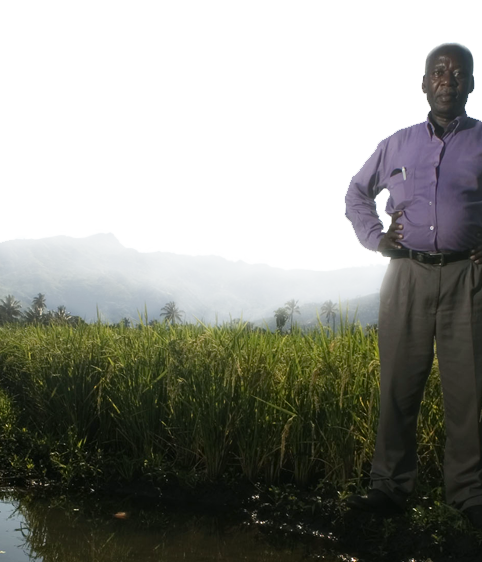
FAO supports countries in responding to the threats of climate change by providing advice, data and tools for better agricultural policies and practices.
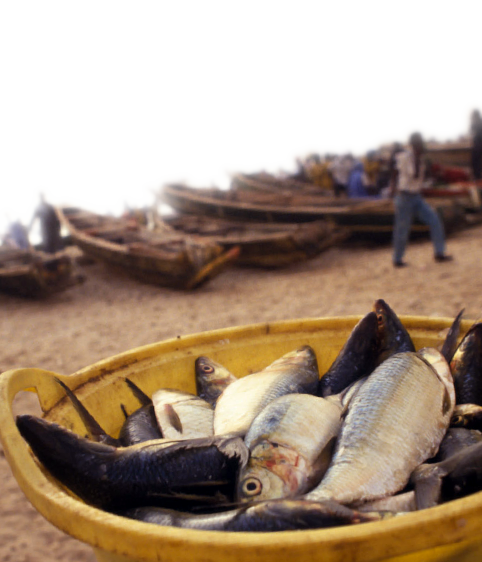
FAO, in partnership with governments and fishing communities, implements best practices in fisheries to ensure our oceans are protected as a means of livelihoods.
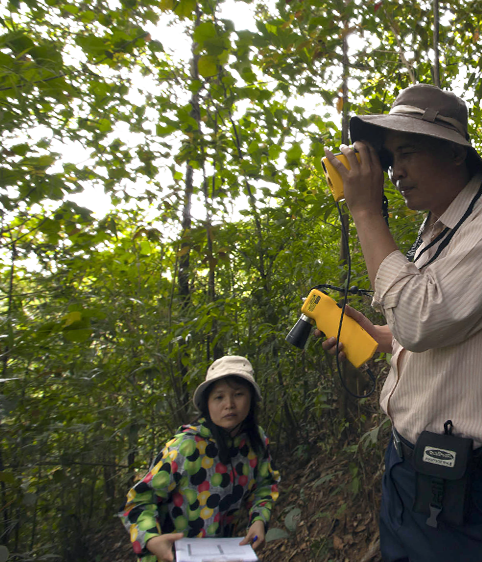
FAO promotes sustainable approaches to natural resource management and supports endeavours that promote a balance between conservation and development initiatives.
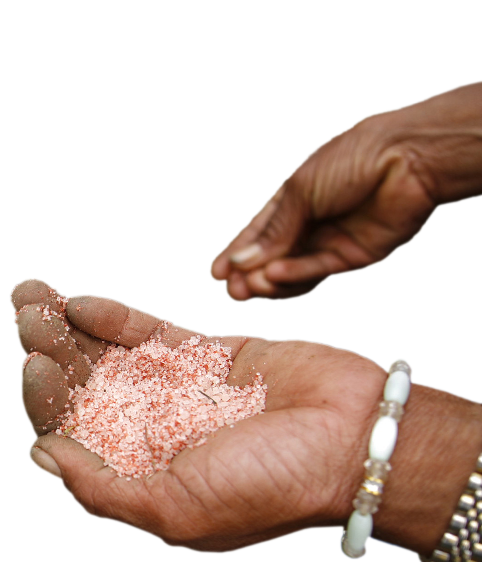
FAO plays a critical role in peacebuilding, restoring rural livelihoods, building resilience and participatory approaches to policymaking.
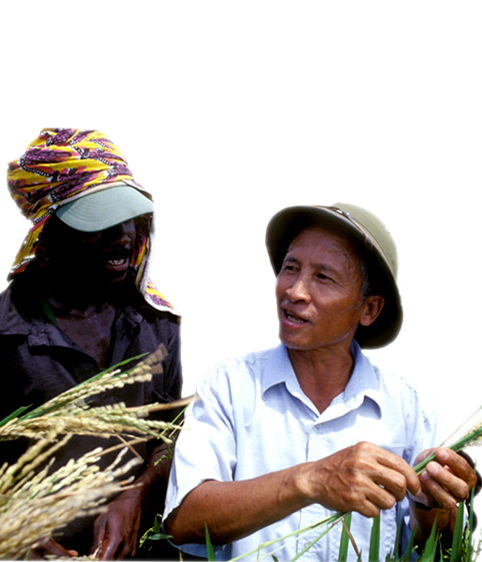
FAO acts as a neutral policymaking forum and develops partnerships with all concerned with food and agriculture to ensure a world free from hunger.

















Discover the Globally Important Agricultural Heritage Systems (GIAHS)
Blog Post
Maintaining forests protects Africa’s agrifood systems
When forests thrive, so do communities and agriculture




